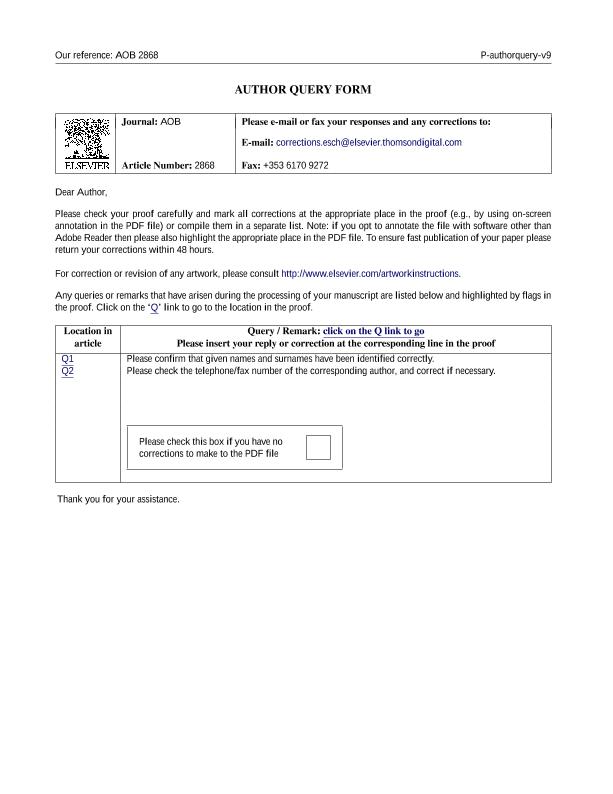Artículo
Biomechanical properties of the mandible, as assessed by bending test, in rats fed a low-quality protein
Fecha de publicación:
04/2013
Editorial:
Elsevier
Revista:
Archives of Oral Biology
ISSN:
0003-9969
Idioma:
Inglés
Tipo de recurso:
Artículo publicado
Clasificación temática:
Resumen
Objective: The present study describes the effects of feeding growing rats with diets containing increasing concentrations of wheat gluten (a low quality protein, G) on both the morphometrical and the biomechanical properties of the mandible. Design: Female rats were fed one of six diets containing different concentrations (5?30%) of G between the 30th and 90th days of life. Control rats were fed a diet containing 20% casein (C), which allows a normal growth and development of the bone. Mandibular growth was estimated directly on excised and cleaned bones by taking measurements between anatomical points. Mechanical properties of the right hemimandibles were determined by using a three-point bending mechanical test to obtain a load/deformation curve and estimate the structural properties of the bone. Bone material properties were calculated from structural and geometric properties. The left hemimandibles were ashed and the ash weight obtained. Calcium content was determined by atomic energy absorption. Results were summarised as means SEM. Comparisons between parameters were performed by ANOVA and post-test. Results: None of the G-fed groups could achieve a normal growth performance as compared to the C-fed control group. Like body size, age-related increments in mandibular weight, length, height and area (index of mandibular size) were negatively affected by the G diets, as was the posterior part of the bone (posterior to molar III). The cross-sectional geometry of the mandible (cross-sectional area and rectangular moment of inertia) as well as its structural properties (yielding load, fracture load, and stiffness) were also severely affected by the G diets. However, material properties (Young?s modulus and maximum elastic stress) and calcium concentration in ashes and the degree of mineralisation were unaffected. Conclusions: The differences in strength and stiffness between treated and control rats seemed to be the result of an induced loss of gain in bone growth and mass, in the absence of changes in the quality of the bone mineralised material.
Palabras clave:
Mandible
,
Wheat Gluten
,
Casein
,
Growth
,
Bone Biomechanics
Archivos asociados
Licencia
Identificadores
Colecciones
Articulos(OCA HOUSSAY)
Articulos de OFICINA DE COORDINACION ADMINISTRATIVA HOUSSAY
Articulos de OFICINA DE COORDINACION ADMINISTRATIVA HOUSSAY
Citación
Bozzini, Carlos Eduardo Jose; Champin, Graciela Monica; Alippi, Rosa Maria; Bozzini, Clarisa; Biomechanical properties of the mandible, as assessed by bending test, in rats fed a low-quality protein; Elsevier; Archives of Oral Biology; 58; 4; 4-2013; 427-434
Compartir
Altmétricas




